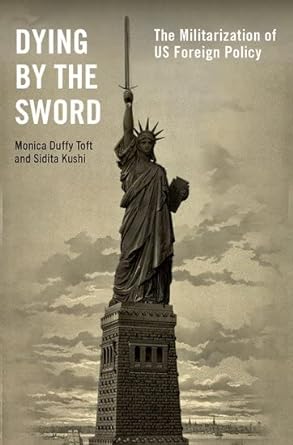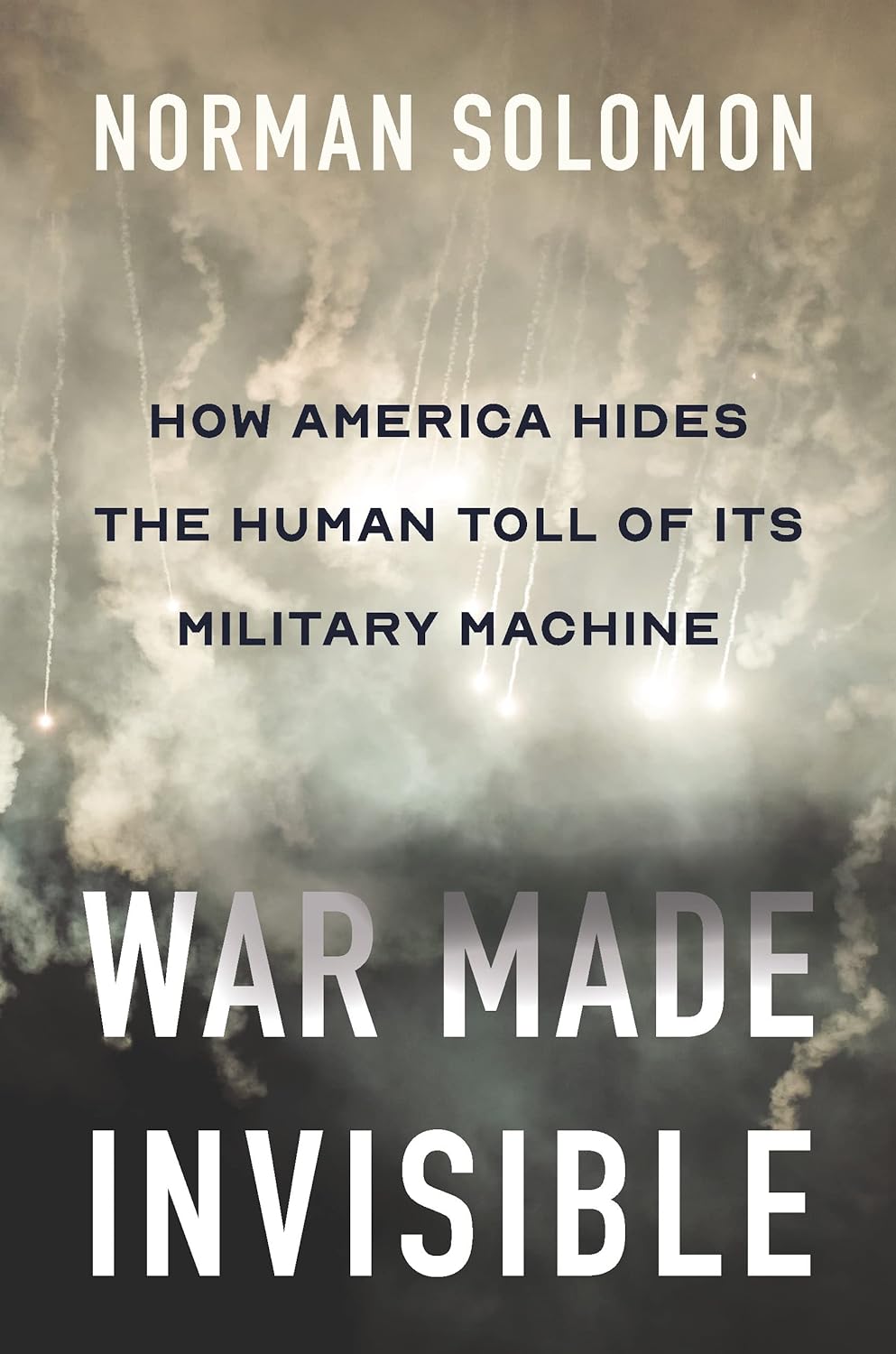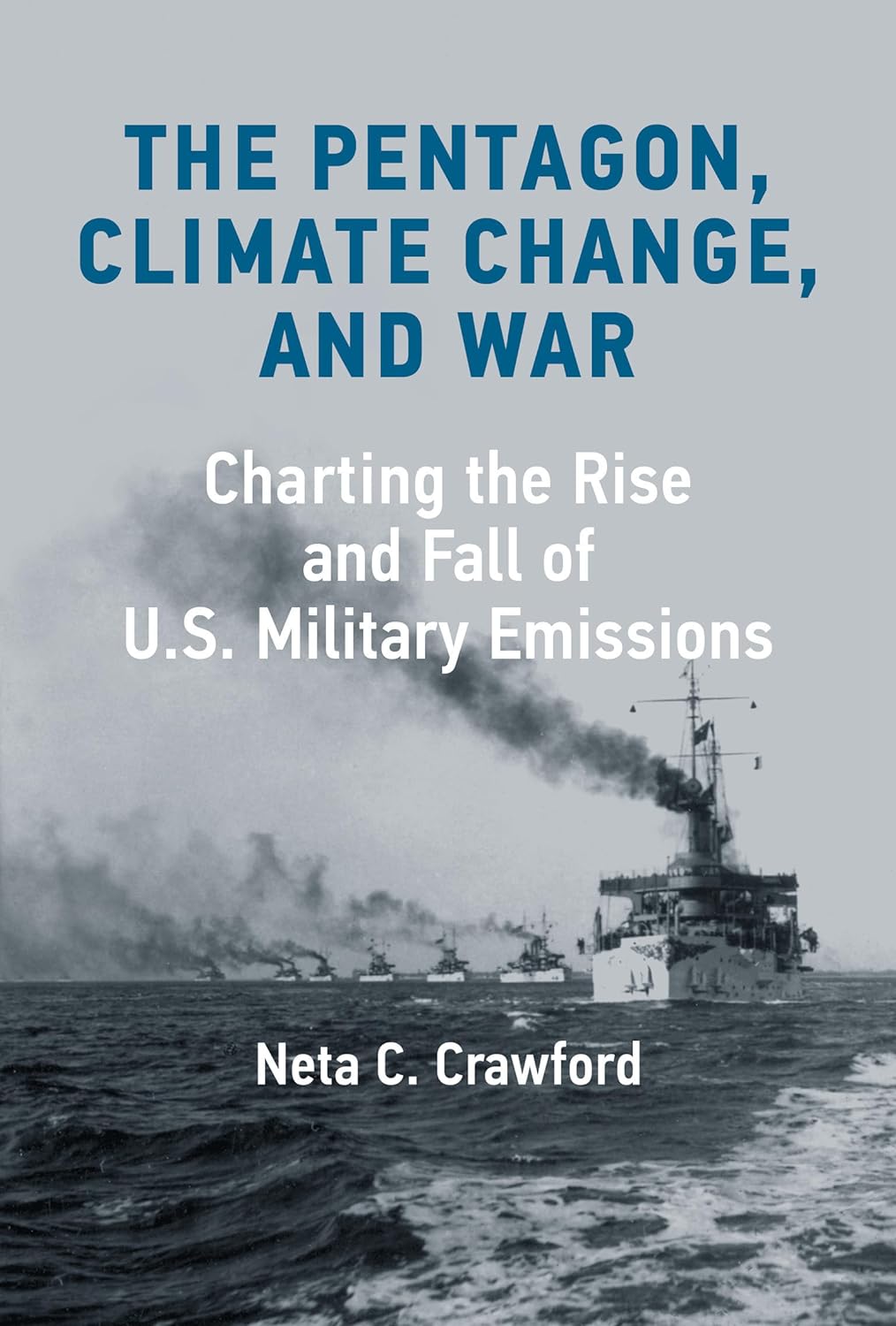
Little known about US military intervention
Monica Duffy Toft/Sidita Kushi: Dying by the Sword: The Militarization of US Foreign Policy (Oxford University Press, 2022)
Norman Solomon: War Made Invisible: How America Hides the Human Toll of Its Military Machine (The New Press, 2023)
Neta C. Crawford: The Pentagon, Climate Change, and War: Charting the Rise and Fall of U.S. Military Emissions (The MIT Press, 1922)
Three books from the USA address various aspects of US wars and interventions. Monica Duffy Toft/Sidita Kushi show that the largest number of US interventions since 1775 occurred in the period after the end of the Cold War. Norman Solomon discusses what the public is allowed to know and what it is not allowed to know about the wars of the post-9/11 period. Neta C. Crawford’s data proves that wars result in dramatic increases in CO2 emissions.
Unipolar war
There were different types of polarity in different phases in the post-war period. After the end of bipolarity, which was characterized by the military alliances NATO and the Warsaw Pact Organization (WTO), the political scientist of the realist school Charles Krauthammer (1991) discovered a “unipolar moment”. In this phase of assumed unipolarity, NATO remained as the sole military alliance under the leadership of the USA. American political scientists promised a “hegemonic peace” because there were no longer any challengers. However, this period was by no means peaceful, as the wars in Kuwait in 1991-1992, in the Balkans in the 1990s, in Afghanistan after 2001 and in Iraq in 2003 showed. Sidita Kushi’s and Monica Duffy Toft’s data show that this brief period of unipolarity was the one that saw the most US military interventions since 1776. This brief period of unipolarity after 1990 saw 25 percent of the 400 U.S. military interventions since 1776.
According to the authors’ research, there were around 200 violent interventions by the USA between 1950 and 2019, including several attempts to overthrow governments of other countries, many of which were democracies. Threats and displays of violence and covert operations are not taken into account. On the one hand, Sidita Kushi and Monica Duffy Toft use the broad definition of the “Congressional Research Service”. This includes all cases of “US forces overseas that are in a situation of military conflict or potential conflict, or in a situation of non-normal peace.” On the other hand, other narrower definitions exclude brief interventions or interventions with a small number of troops.
Invisible victim
Norman Salomon describes the methods used to justify war. The legitimacy of interventions and wars consists not only in silence, but in the effort to increase acceptance of certain events and reduce the attention on others. Opinions that differ from the dominant narrative are ignored or laughed at. Information that contradicts these narratives is often denied and suppressed.
Norman Solomon demonstrates how the violent consequences for civilians in America’s recent wars have been hidden from public view. Data from Brown University, using data from the Cost of War Project, show that the “war on terror,” with wars in Afghanistan, Pakistan, Iraq, Syria, Yemen and elsewhere, resulted in about a million direct casualties; However, if you add the indirect deaths, you get a number of around five million (Neta Crawford).
The fewer US soldiers involved in wars and military conflicts, the more abstract warfare becomes for the mass media. Unless large numbers of US soldiers are killed or injured, the media pays little attention to the violence of military operations. This includes the mass killing and displacement of civilians. For example, during the twenty years of U.S. military intervention in Afghanistan, which was often justified by protecting the Afghan people, the U.S. media paid little attention to the unfolding civilian disaster. The Taliban are largely responsible for this, but the vast majority of it is due to US sanctions. The war ultimately caused around 200,000 civilian casualties. There was also hunger, malnutrition and illiteracy during the war.
Salomon cites military strategists who factor in a high number of civilian deaths as an inevitable result of war tactics and the lethal effectiveness of weapons. According to Solomon, this would also make the frequently raised arguments that US warfare is “humane” and protect the civilian population as much as possible invalid. Almost identical arguments existed during the bombing of Vietnam in the 1960s. If the media applauds the wars and the soldiers who die and are maimed, they would become accomplices to the violence. During the 2003 Gulf War, which was waged on false premise and described as “flawless” by most media outlets, only one of ABC, CBS and NBC’s “Fairness and Accuracy” survey of 878 sources allowed a peace organization to speak once. You didn’t hear the critics.
Wars dramatically increase CO2 emission
Neta C. Crawford (127-180) demonstrates the connection between war and climate. Total US energy consumption and CO2 emissions increased during periods of war in which the Pentagon was involved. This applies to the wars in Vietnam, the wars in the Gulf and in Afghanistan. An increase in CO2 emissions was not only noticeable in the war zones themselves. Even during massive armament phases, such as during the Cold War, energy consumption and thus emissions increase.
Another study calculated that in the first year of the Ukraine war alone, about as many emissions were emitted as in a country like Belgium in the same period – namely 120 million tons of CO2 emissions equivalent.
These three books by American authors address aspects of US interventions that have been ignored by the media. They support the arguments with documents, quotes and data. They help to better classify and question the daily reporting on ongoing wars.
Heinz Gärtner
„Internationale Sicherheit und Frieden:
Definitionen von A – Z“
(Nomos, 4. aktualisierte und erweiterte Auflage, 2023, 334 Seiten)
Univ.- Prof. Dr. Heinz Gärtner
Teaches at the Institute for Political Science at the University of Vienna;
Chair of the Advisory Board of the International Institute for Peace (IIP)
Chair of the Advisory Committee for Strategy and Security Policy of the Scientific Commission at the Austrian Armed Forces (BMLV)
Mob. +43(0)69912645870
E-Mail: heinz.gaertner@univie.ac.at
Web: http://homepage.univie.ac.at/heinz.gaertner/
Twitter: @gaertnh5




